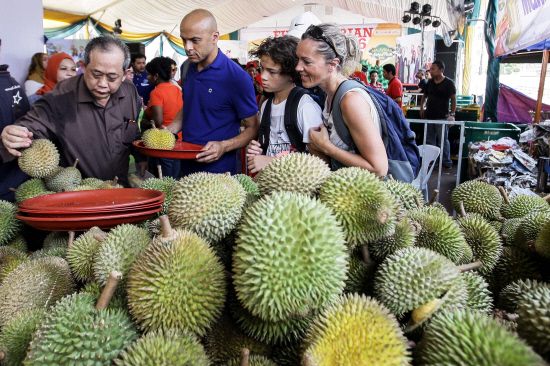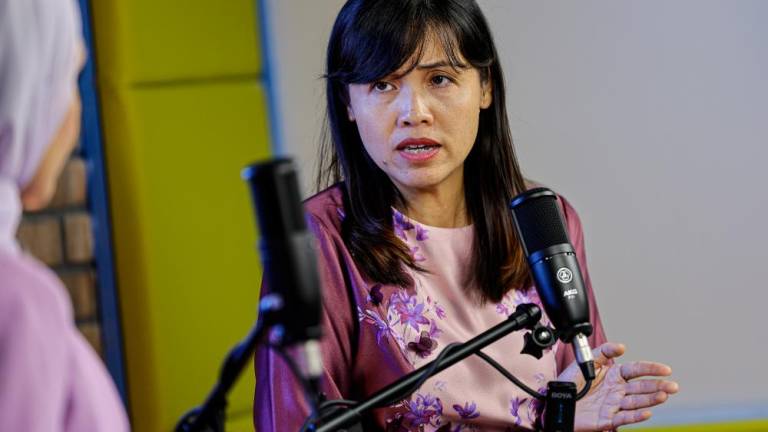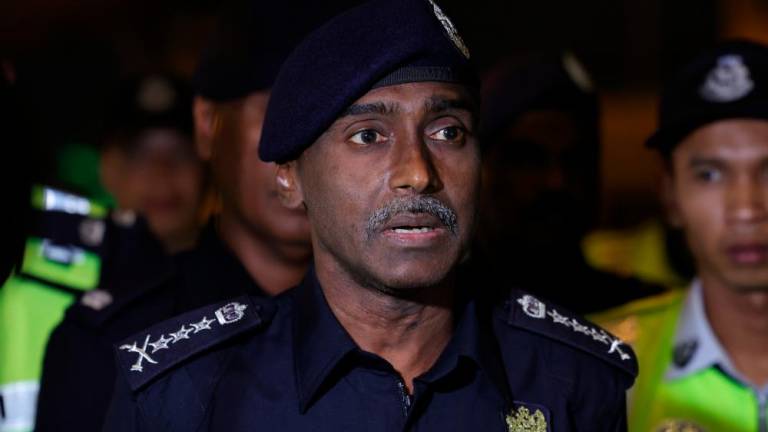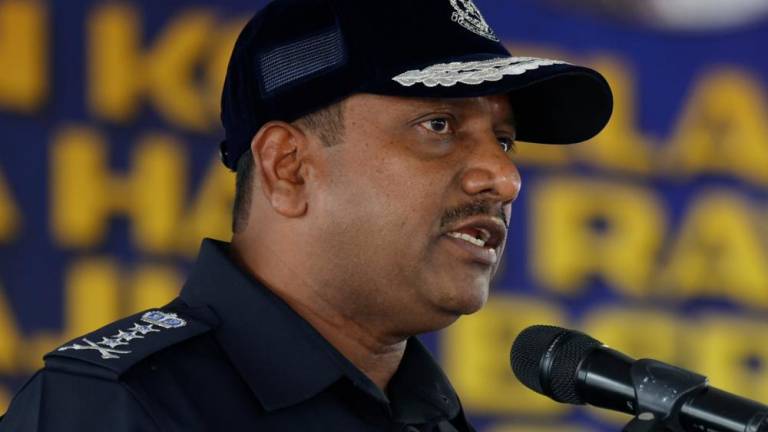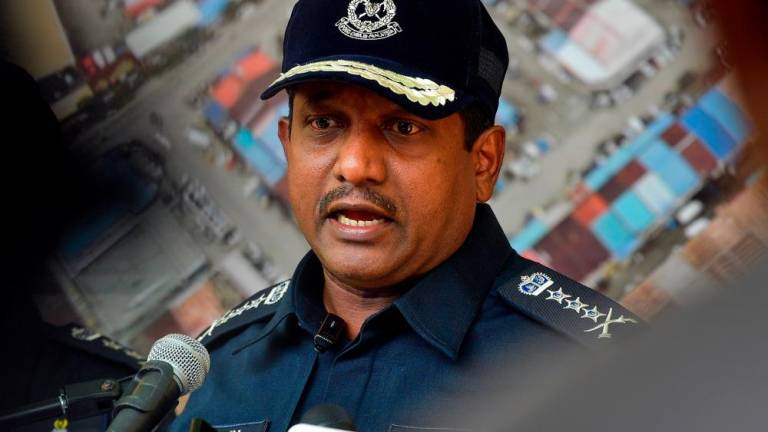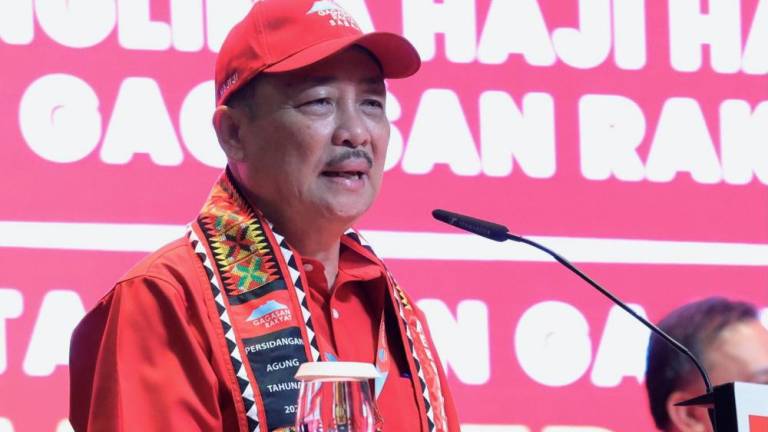GEORGE TOWN: Malaysia needs much more tourism arrivals despite recording a 2.7% increase to 6.7 million tourists in the first quarter of the year compared to the same period last year.
While there are arrivals, the numbers are not well spread throughout the nation’s leading destinations, causing many travel trade members to struggle, said Langkawi Tourism Organisation president Ahmad Pishol Isahak.
Tourism is the third highest contributor to foreign exchange receipts. And it is poised to play an even bigger role as next year is Visit Malaysia Year 2020 and the Tourism, Arts and Culture Ministry has set a target of 30 million foreign tourists, who will contribute RM100 billion in receipts.
However according to Pishol, the leisure industry has stagnated in the past five years in line with the ringgit’s depreciation, living costs challenges, climate change concerns and more competition.
On top of this, are the emergence of the unregulated airbnb home sharing to ride sharing networks, online travel and new age tourism where direct selling clients only spend at outlets associated with their respective multi-level marketing operators.
Pishol also pointed out that travel trade members and investors are struggling to hire local workers, who have begun to shun the industry.
“It means that our great Malaysian hospitality service and standard may drop when foreigners are hired to fill the vacuum left behind by the locals,“he said.
The trend is worrying given that the tourism industry is a key economic driver, pumping 14.9% of the gross domestic product or RM201.4 billion in 2017, said Pishol.
Langkawi Businesses Association deputy president Datuk Issac Alexander said that its members were complaining of low arrivals this year compared to the previous years.
Alexander suggested for more joint collaborations between the public and private sector to market tourism products and services globally and it must be done aggressively.
Malaysia Association of Hotels (MAH) Kedah / Perlis chapter chairman Eugene Dass said that hotel occupancy rates have also not met expectations in the first quarter.
Tourism veteran Eric R. Sinnaya said that there was a disconnect between the statistical elements of tourism and what was happening on the ground.
There are challenges which need to be addressed, and more “out of the box” ventures to revive what was once a core part of the country’s economy, Sinnaya said.



